Seoulland (서울랜드)
0m 141040 2023-03-23
181, Gwangmyeong-ro, Gwacheon-si, Gyeonggi-do
+82-2-509-6000
Seoulland was the first theme park in Korea, built at the foot of Cheonggyesan Mountain. With more that 50 rides and other seasonal attractions, Seoulland offers thrill and excitement for people of all ages. Luna Land and Jurassic Land are not to be missed.
The pride of Seoulland is its wide selection of seasonal festivals and the unique Laser Show held during the evening. Seoulland is a popular destination as it is easily accessible from downtown Seoul and has many nearby attractions, being part of the larger Seoul Grand Park complex. Seoul Grand Park holds various festivals for each season of the year. The Tulip Festival is held from April to May; the Starlight Rose Festival from July to August; the Chrysanthemum Festival from September to October; and the Snow Light Festival from December to February.
Seoulland Sledding Hills (서울랜드 눈썰매장)
236.948255650218m 31954 2022-11-22
Makgye-dong, Gwacheon-si, Gyeonggi-do
+82-2-509-6000
Seoulland Sledding Hills offers two slopes, one for children (50 meters long) and another for adults (120 meters long). Amenities include food stands that sell various foods, including eomuk (fish cake) soup, resting lounge and medical office. Various performances are also prepared to entertain visitors at the main stage nearby the sledding hill.
National Museum of Modern and Contemporary Art, Gwacheon [MMCA Gwacheon] (국립현대미술관 (과천관))
319.14880010030697m 52390 2021-05-21
313, Gwangmyeong-ro, Gwacheon-si, Gyeonggi-do
+82-2-2188-6000
Located in beautiful Gwacheon, the National Museum of Modern and Contemporary Art, Gwacheon displays works by Korean and international modern artists, as well as works by contemporary artists currently making waves in the art world. As well as its permanent collection, the museum generally presents several special exhibitions. The museum also provides various programs and events for visitors to enjoy.
Cancelled: Seoul Grand Park Rose Festival (서울대공원 장미원축제)
511.6331180272924m 24440 2022-05-30
102, Daegongwongwangjang-ro, Gwacheon-si, Gyeonggi-do
• 1330 Travel Hotline: +82-2-1330 (Korean, English, Japanese, Chinese) • For more info: +82-2-500-7335, 7337
Seoul Grand Park Rose Festival is held at Gwacheon Seoul Grand Park's Themed Garden every May when the roses are in bloom.
Seoul Grand Park (서울대공원)
662.6577453066423m 242271 2023-03-17
102, Daegongwongwangjang-ro, Gwacheon-si, Gyeonggi-do
+82-2-500-7335
Seoul Grand Park is a family-friendly amusement park consisting of various themed facilities that promote the growth and preservation of diverse animals and plants.
[Seoul Zoo]
Seoul Zoo aims to provide an ideal environment for animals to grow and live as well as exhibit, preserve, and research rare animals and educate the public. As a result of the zoo's hard work and efforts, it is the only zoo in Korea to be certified as a member of both ISIS and IUDZG-WZO.
[Botanical Garden]
Seoul Grand Park's Botanical Garden was opened in 1985 amidst the lush forest situated at the foot of Cheonggyesan Mountain. The garden consists of a greenhouse, exhibition facilities, and themed gardens that boast a collection of over 41,000 plants from 1,262 different species. The greenhouse preserves and exhibits tropical and subtropical plants that are not found in Korea. Moreover, the Botanical Garden offers various activities and experience programs related to plants and forests.
[Theme Garden]
The Theme Garden is one of the most representative facilities of Seoul Grand Park. The Theme Garden consists of a Rose Garden and Children's Zoo. Seasonal plants and flowers as well as diverse themed garden programs are offered.
[Healing Place]
The Healing Place is a forest formed at the foothills of Cheonggyesan Mountain that surrounds the border of Seoul Grand Park. Main facilities consist of Healing Forest Walkway; Water, Wind & Sunshine Healing Zone; Barefoot Road; Aroma Garden; and Forest Plaza.
[Healing Forest Walkway]
Healing Forest Walkway is a walking path lined by diverse trees that form a lush forest serving as a habitat for small animals like squirrels, rabbits, raccoons, and more. The walking path is approximately 8 kilometers long and divided into four sections. The shortest course takes approximately 30 minutes to complete, while the full course requires 3 hours.
[Campsite]
The campsite within the Seoul Grand Park is the perfect place to camp out, hold picnics and enjoy recreational activities with friends and families. The main facilities consist of a campsite, volleyball court, basketball court, snack bar, and shower facilities. The campsite is open from March to November, except in the case of harsh weather conditions.
Gyeongmajang Orijip (경마장 오리집)
1.1 Km 8004 2020-06-01
20-4 Gungmal-ro, Gwacheon-si, Gyeonggi-do
+82-2-502-7500
Gyeongmajang Orijip is a Korean restaurant specializing in duck cuisine. Moreover, the restaurant is located near popular recreational facilities such as Seoul Race Park, Seoul Grand Park (zoo and botanical garden), and Gwacheon National Science Museum. The restaurant's location is perfectly suited for those who seek to enjoy nature after a hearty meal.
Gwacheon National Science Museum (국립과천과학관)
1.3 Km 71798 2023-10-26
110, Sanghabeol-ro, Gwacheon-si, Gyeonggi-do
+82-2-3677-1500
As a landmark facility representing Korea’s advanced science and technology capabilities, Gwacheon National Science Museum strives to encourage young visitors to become interested in science and shares with the public scientific principles that govern daily life. The main building has five permanent exhibition centers: Basic Science Center, High-tech Center, Children’s Experience Center, Natural History Center, and Traditional Science Center. Nearby are the planetarium, observatory, outdoor exhibition venue, and insect ecosystem center. Over 50% of the exhibition items on display are interactive, allowing visitors to jump in and experience science first-hand using their minds and their imagination.
Let's Run Park Seoul (렛츠런파크 서울)
1.6 Km 0 2020-09-01
107, Gyeongmagongwon-daero, Gwacheon-si, Gyeonggi-do
+82-1566-3333
Located north of Seoul Grand Park and Seoulland, Let's Run Park is an international-scale horse racing park. The park was constructed between May 1984 and July 1988, hosting events during both the 1986 Asian Games and the 1988 Seoul Olympics before opening to the general public in September 1989. Main facilities include the race course and grandstand. The grandstand is a large, 6-story building with a single basement level. Each floor offers convenient amenities, including race tickets, restaurants, and snack bars.
Gwacheon Chusa Museum (추사박물관(과천))
2.3 Km 3957 2023-07-14
78, Chusa-ro, Gwacheon-si, Gyeonggi-do
+82-2-2150-3650
Gwacheon was where Chusa Gim Jeong-hui immersed himself in studies and arts to ignite his final artistic spirit in the twilight of his life. The city of Gwacheon opened Chusa Museum in order to promulgate the essence of the learning and arts that Chusa flowered. The museum features the life exhibit of Chusa, an art and science exhibit, a planned exhibit hall, an experience room, lounges, a museum shop and an education room for thoroughly researching, exhibiting and experiencing Chusa.
Ononsa Guesthouse (온온사)
2.4 Km 19746 2023-07-17
58 Gwanaksan-gil, Gwacheon-si, Gyeonggi-do
Though Ononsa, which was a guesthouse in Gwacheon, was constructed in the 27th year of King Injo's reign in the Joseon dynasty (1649), the name, "Ononsa," was given to this area during the reign of King Jeongjo. On February 11, 1790 during his royal procession to the tomb of his father, Crown Prince Sado, stayed at an inn in Gwacheon and, as he felt that it "has nice views and provides a comfortable stay," he bestowed upon the place plaques that he wrote himself - "Ononsa" to Seoheon and "Burimheon," which was the old nickname of Gwacheon, to Dongheon. This is how this place began to be called Ononsa.
It was designated as a Tangible Cultural Heritage of Gyeonggi-do on June 2, 1980, and it was restored on December 2, 1986 after being torn down.
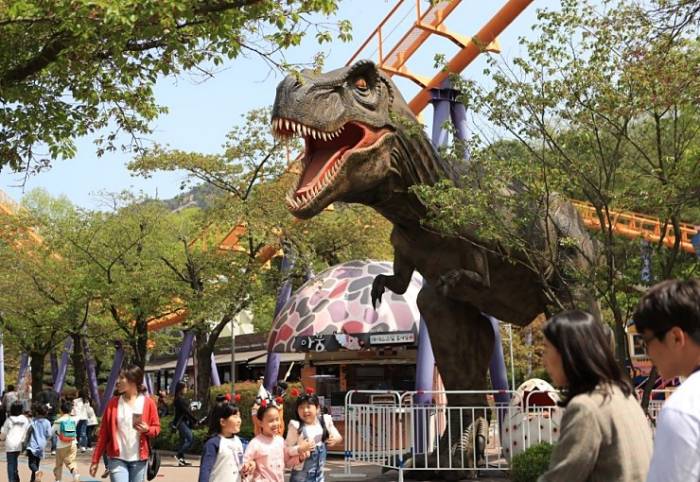

![National Museum of Modern and Contemporary Art, Gwacheon [MMCA Gwacheon] (국립현대미술관 (과천관))](http://tong.visitkorea.or.kr/cms/resource/85/620985_image2_1.jpg)
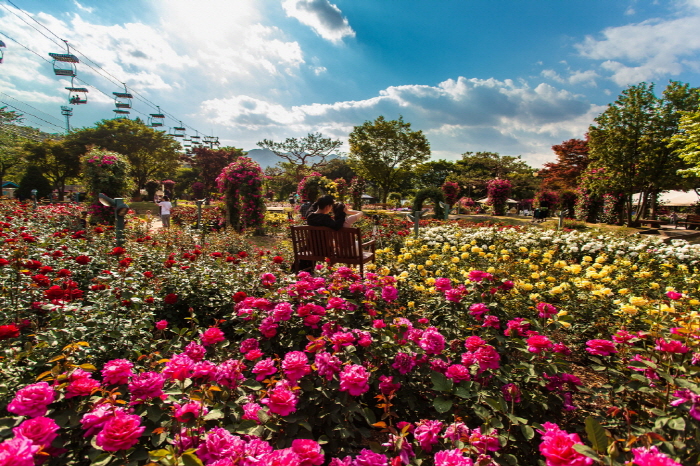
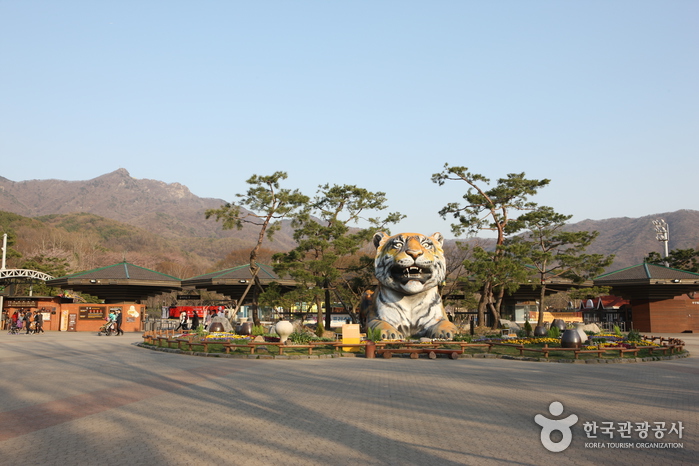

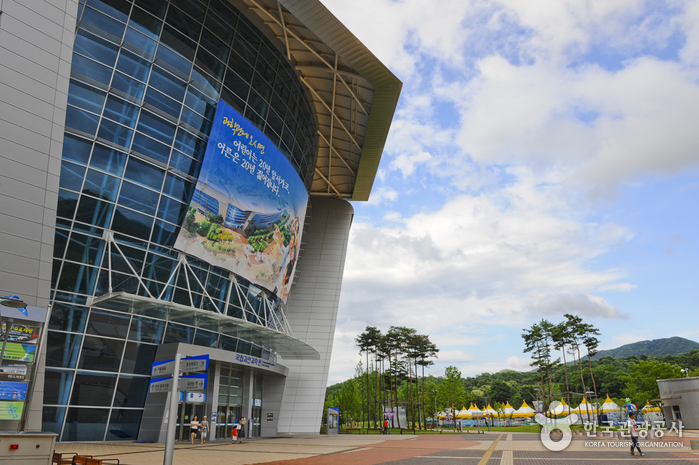
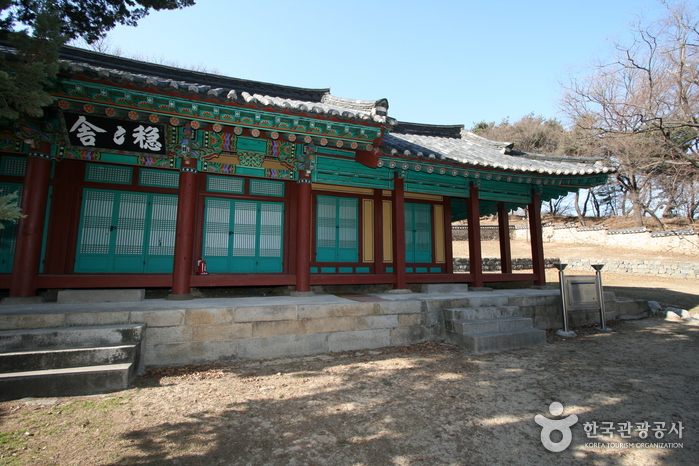
 English
English
 한국어
한국어 日本語
日本語 中文(简体)
中文(简体) Deutsch
Deutsch Français
Français Español
Español Русский
Русский